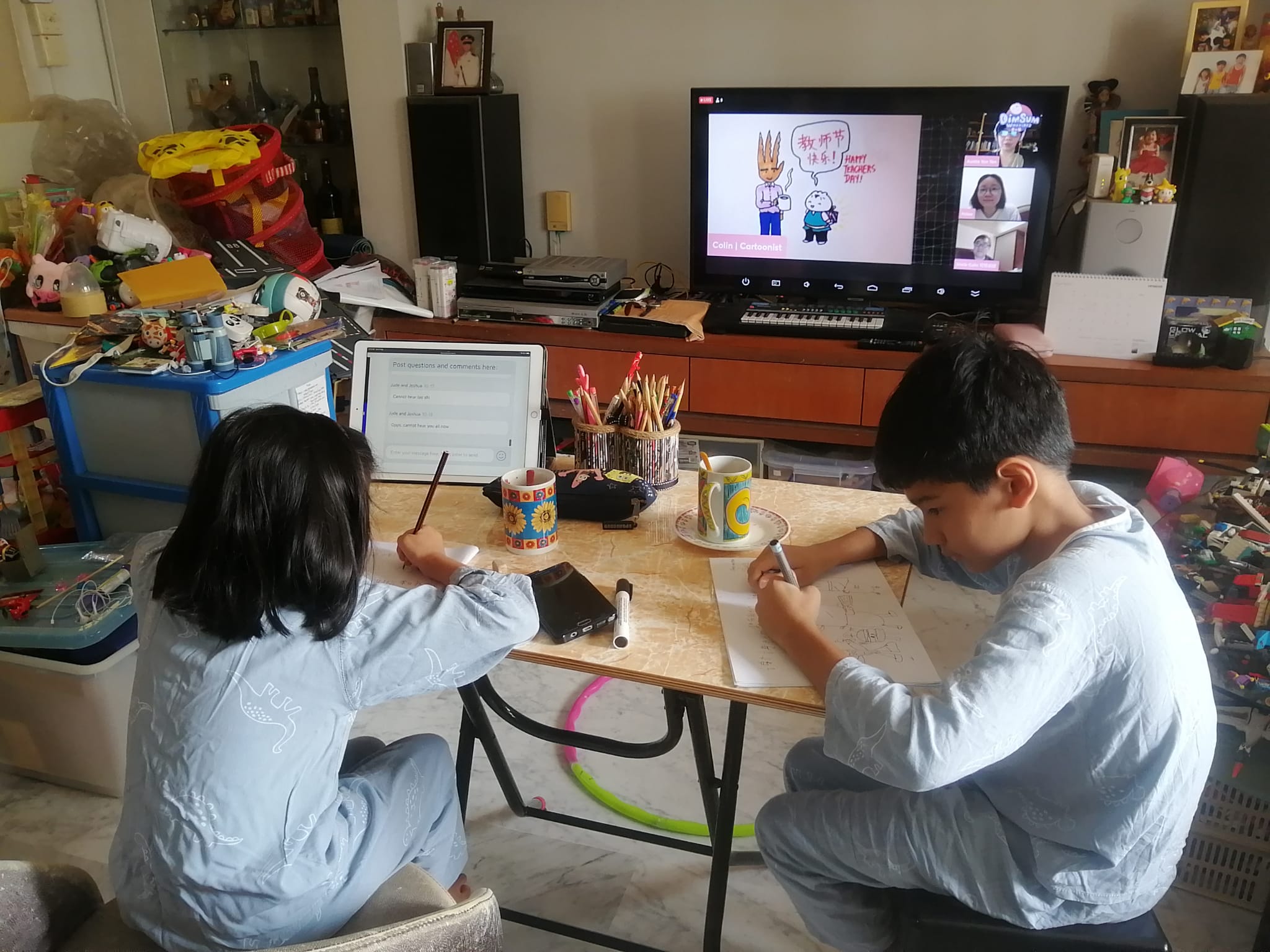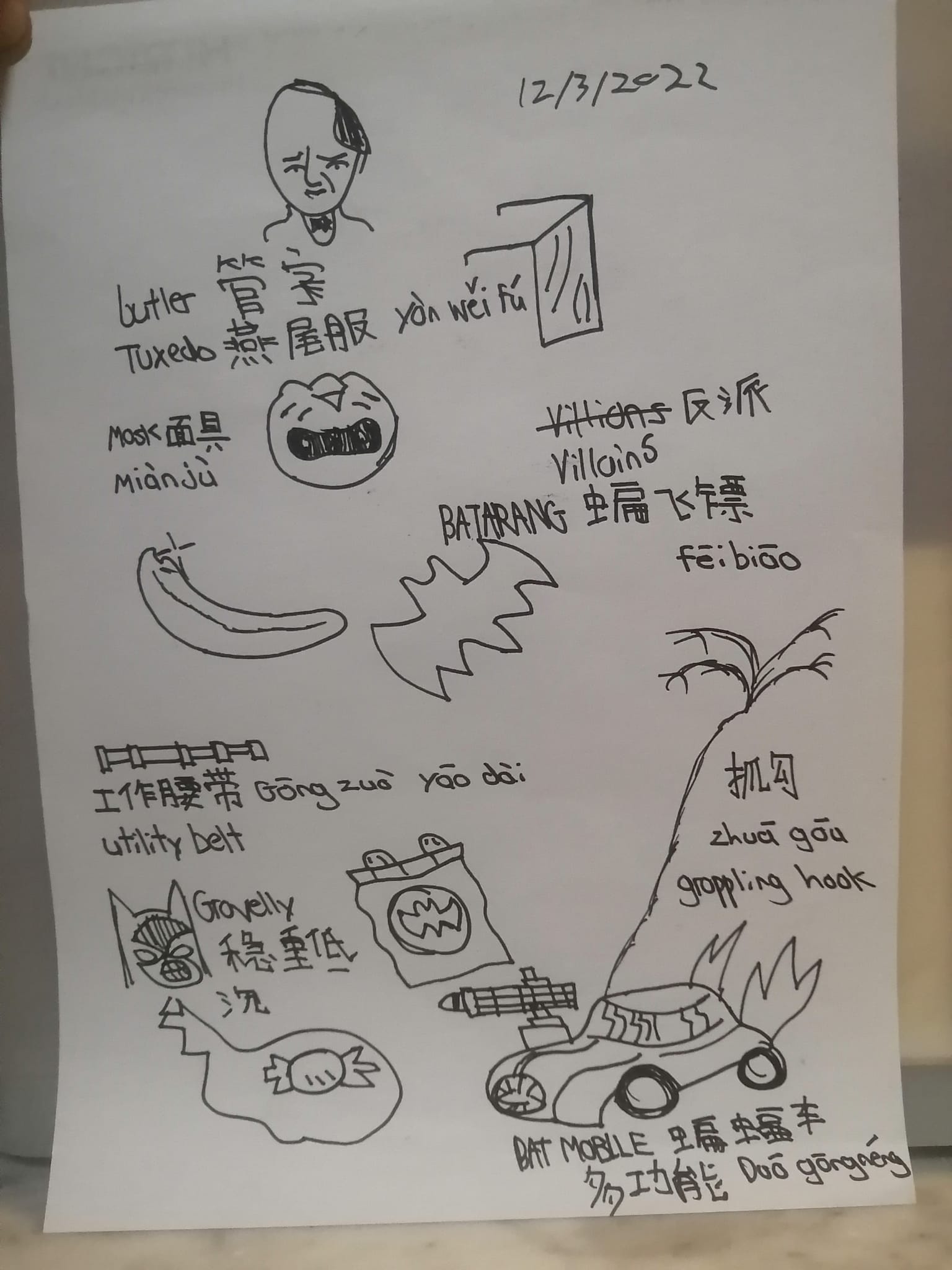Guest contributor: Denise Yong wears different hats: she’s an Early Childhood Educator/Educarer, a writer, and a Mum of three.
My struggle: how to teach the kids Chinese when I struggle with it myself?
My children are Sikhs, but we decided to have them learn Chinese because it’s useful. All three of them started learning Chinese in Kindergarten, but only Rachelle (8), enjoys learning it.
My children are reaching a stage in their learning where it’s hard for me to teach them. My Chinese is not very good and I don’t want to say the wrong things. I struggle even with simple words but I can read Chinese if there’s pinyin directly under the words. So, Google Translate does most of the teaching for me.
“Forcing” the Kids and the Aftermath
I am not the parent who ensures that my kids finish their homework. They are responsible for their own schoolwork, and will have to answer to their teachers. I’m less concerned about academics and more concerned about how they are growing as people. When they come back from school, I get them to tell me how they have been nice to their friends and how their friends have been nice to them.
There’s a reason for this. I tried being the parent who forces the kids to do rote learning and you know what happened?
That backfired on me. I got a lot of resentment from the kids. Especially with Chinese.
When I forced them, they would throw tantrums and I would get very stressed. Getting them to study Mandarin is so tedious. It gets frustrating for me because it means that all of us have to do homework.
And there were still no results.
I ended up letting go.
And, it sort of worked. They have since been more responsible for their own learning.
“Self-directed learning in its largest sense refers to individuals ability to taking initiative to identify their own learning needs, their ability to determine their learning goals, their ability to define the sources they need in order to learn, their ability to choose/use appropriate learning strategies and evaluate learning outcomes with or without help from an outsider” – An Investigation of Self-Directed Learning Skills, Frontiers
Learning Chinese through what the kids love doing: drawing
With the Dim Sum Warriors App, my children would read and listen to the stories in both English and Chinese, and play the games. They don’t use the recording feature that much.
My kids love drawing a lot, so the Bilingual Comic Jams are helpful in inviting them to learn in a casual setting.
We would draw together, and I would get them to label their pictures in Chinese, pinyin, and English. It’s a great way to introduce new words in Chinese. Each of my kids have their own book, which is a compilation of their drawings and words/phrases/sentences learnt from Comic Jams every Saturday.

I sit beside the kids during Comic Jams, and sometimes when I see Uncle Colin draw, I get inspired to draw as well.
My kids’ Chinese intake is quite balanced and gamified.
Every Saturday, they start with the Dim Sum Warriors Jam, and then after that they work on 30 more minutes of Chinese ‘tuition’, including Super Chinese, and Go Play Chinese. The regular schedule helps —they know that every Saturday they are settling in for a morning of Chinese.
My Saturdays would not be so calm if not for Dim Sum Warriors!
“Choice, voice, and relevance are three great motivators we can leverage in the classroom. Providing students with opportunities to select topics to study helps them feel motivated to do the work. Allowing students choice in what they write about or how they show understanding also builds motivation. Creating time and space for students to share their voice in learning stimulates a drive in learners. When students feel they have some say or some control over their learning journeys, they become more invested. Finally, providing learners with engaging experiences that tap into their passions increases motivation.” – What is the Affective Filter and why is it important?

And you know what, Chinese has now become Rachelle’s favorite subject in school, and Dim Sum Warriors has something to do with it. She’s the first one at the table every Saturday morning—she is always very interested to draw along, and she doesn’t complain when she has to write the Chinese words. She even borrows the physical Dim Sum Warriors books in school!
My children and I have a lot of fun with the stories on DSW, and the Comic Jams! I’m happy to see that my kids are now more receptive towards Chinese (sometimes they would ask me to quiz them in Mandarin), unlike in the past, they would be completely closed off.
I have been introducing Dim Sum Warriors to my other friends. I would recommend it for people like my kids who are on-Chinese and learning Mandarin. DSW’s bilingual content is un-intimidating and non-restrictive, allowing my kids to willingly approach Chinese.

You might also be interested in the following articles:

